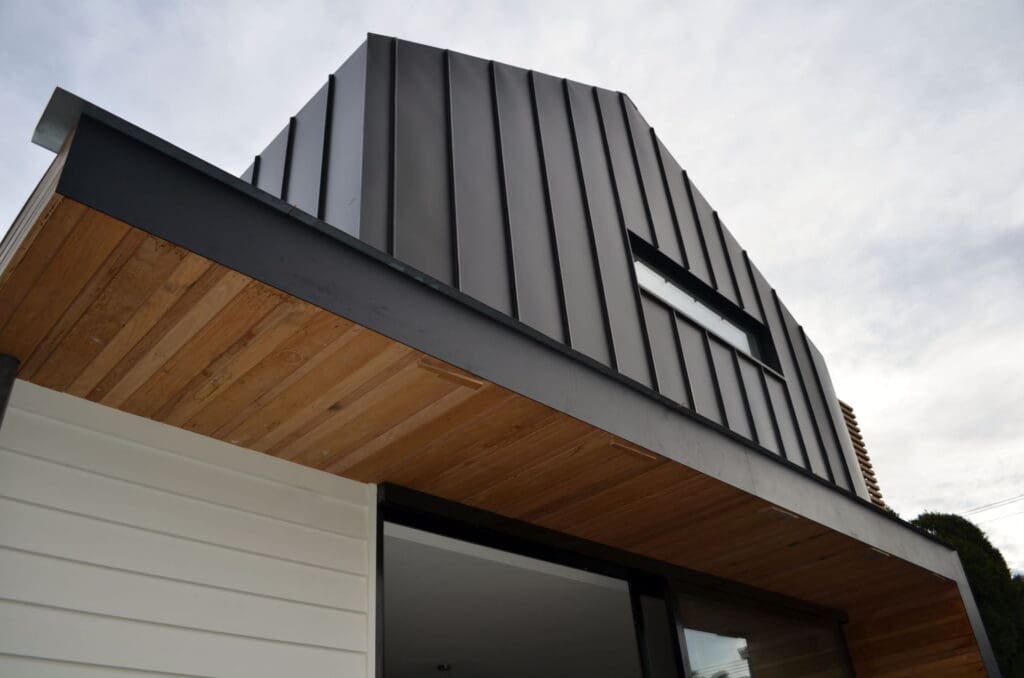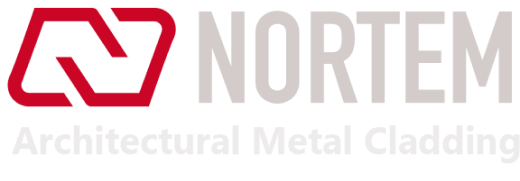Metal cladding has hugged the twists and turns of architecture for decades. From the punched tin of Louis Sullivan to the titanium swoops of Frank Gehry, designers have embraced metal cladding for its formal flexibility and finish. Its versatility in both avant-gardes as well as off-the-shelf is what makes it so popular.
This material’s strength makes it difficult for architects to specify it for a building envelope. There are so many finishes, forms, and attachment methods that it can be overwhelming. This guide will help you choose the right metal cladding product for your next project.
Metal Cladding Systems
Metal is commonly used for non-structural, rain-screen cladding systems, where the priority is to provide protection from the elements as well as a striking external finish. Metal panels are flexible and can be attached to buildings in many ways. Each system offers different advantages in terms of aesthetics and construction complexity. These are some of the most popular systems:
Standing seam
Is one of the most well-known systems. The standing seam cladding panel is connected by strong, folded connections. Because of its concealed fixing details, it is a popular choice for architects across all typologies. You can use standing seam systems with many types of metals, such as aluminum, galvanized, stainless steel, zinc, weathering (Corten) steel, and titanium.
Snaplock
Snaplock is a simpler option than standing seams. It has a similar profile to standing seams but doesn’t require special closing equipment. Snaplock panels can be “snap-together” and are easy to install.
Interlocking
Interlocking systems offer a more polished appearance and dramatic, expressive joints. Interlocking metal panels can have a variety of widths and can be arranged horizontally, vertically, or diagonally.
Flatlock and shingle
Flatlock panels are able to be locked together to form a slim, flexible, and flush facade. You can reverse the system to create deeper express lines. This is known as “Reversed Flatlock”. A striking variation to the flatlock system is a shingled metal façade made of panels that are folded into interconnected tile shapes.
Cassette
The open-jointed cassette system is ideal for large cladding areas. It can hold huge panels up to 13 ft. in length. The cassettes are bent with invisible clips and attached to an aluminum frame. This gives them a modern, flat appearance.
Custom
Alternatively, if none of these options are suitable for your project, a specialist manufacturer can create a custom system. This could include altering an existing system or creating something entirely new. Because customization will significantly increase the cost, it is important to consider your project budget.
Materials
Metal cladding can be made from a variety of materials. Each material has its strengths and weaknesses. The project’s specific factors will influence your material selection, such as desired aesthetic, climate, structural system choice, nature of adjacent materials, and construction budget. Here are some of the most popular metal cladding options:
Stainless steel
A thin layer of chromium dioxide is applied to steel. In stainless steel, because the chromium prevents the oxidization process that causes corrosion, the material is also resistant to rust. The polished, clean finish of stainless steel is a popular feature.
Galvanized steel
Galvanized steel is coated with a thin zinc layer. This helps prevent rusting in the same way as stainless steel’s chrome layer. Galvanized steel has a mottled appearance known as “spangle” because of visible crystallites in its coating.
Weathering steel
COR-TEN steel is often used. Weathering steel is designed to create a protective layer that will last for a long time and give the surface a consistent, rust-like appearance. This protects against corrosion and eliminates the need to paint. The COR-TEN cladding’s industrial, earthy aesthetic is striking. However, it must be properly detailed to preserve its consistent patina over time.
Aluminum
Aluminum is a great choice for modern projects because it is resistant to rusting and blistering. Aluminum facade attachment systems are lighter than steel panels due to their excellent strength-to-weight ratio. The material can be scratched and dented, and it may corrode if not properly maintained.
Titanium
Titanium is highly sought after by architects due to its lightweight, high strength, and reflective properties. The material’s resistance to corrosion is increased by the formation of a protective oxide layer over time.
Zinc
Known for its weatherproof and corrosion-resistant properties. It is resistant to UV rays and even has self-healing properties that allow it to recover from scratches.
Copper
This is another option for lightweight cladding. Copper is more durable than other materials and can be recycled 100% at the end. The metal’s subtle reflective nature changes over time as a result of oxidization. This turns the metal into a unique green color.
Brass
Finding the right balance between the cool color of zinc and the warmth that comes from copper. Brass is a malleable cladding material, which makes it ideal for decorative sheet metal work. Brass develops a golden-brown patina over time as it oxidizes.


